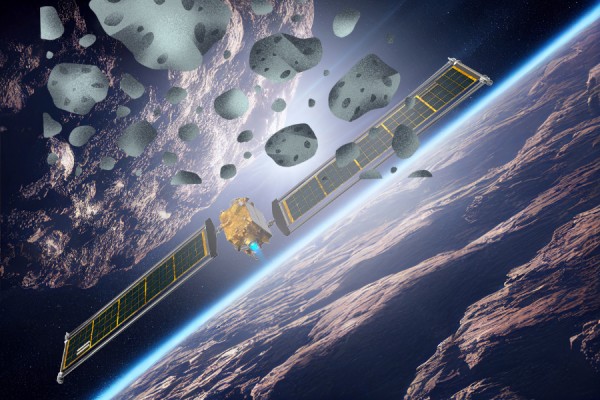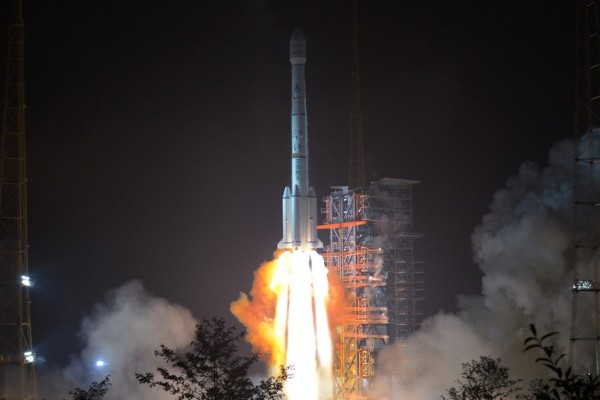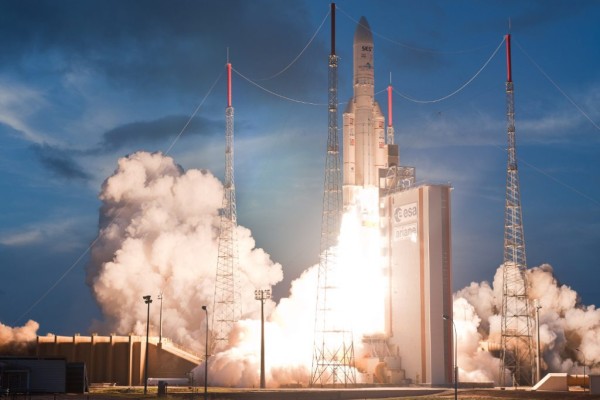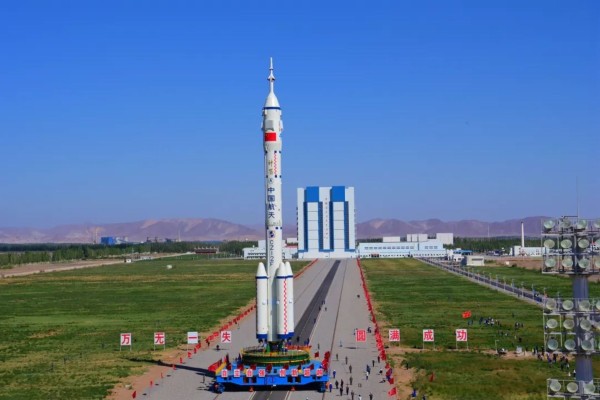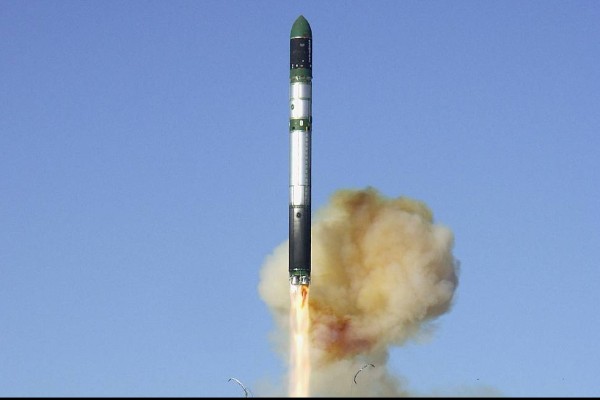- Space
- 1 year before
Saturn V: The Story of the Legendary Rocket on Lunar Missions
Saturn V: Discover the design, achievements and legacy of this legendary rocket that played a key role in the first manned trip to the Moon.
-

- 1 year before
- Category: Space
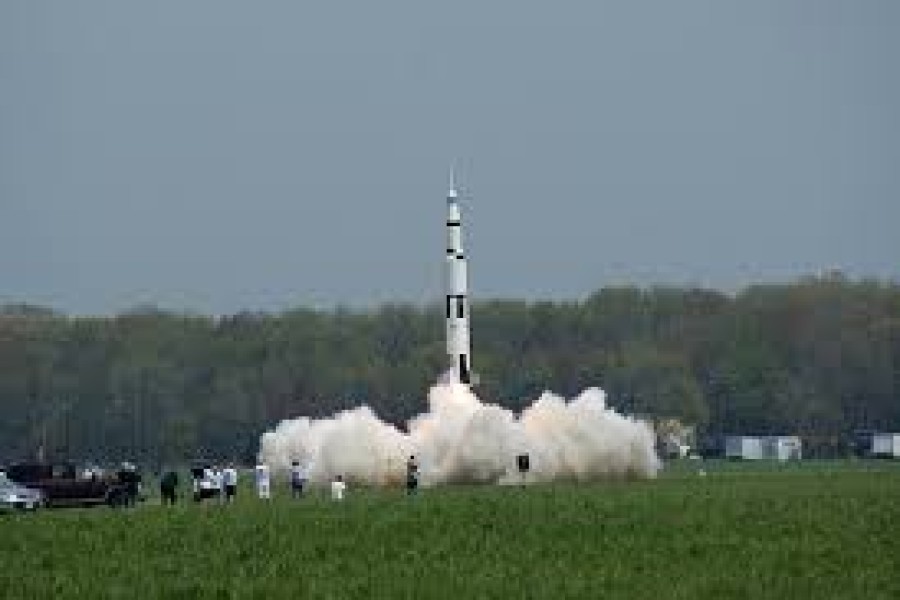
Saturn V: The Rocket that Launched Humankind to the Moon
Design and Development Process
The Saturn V, developed by NASA under the leadership of Wernher von Braun, was a colossal launch vehicle designed specifically for lunar missions. Its remarkable thrust and payload capacity were critical for achieving the ambitious goal of sending humans to the Moon. Engineers faced challenges in optimizing aerodynamic efficiency, ensuring engine reliability, and managing the immense structural loads.
Specifications and Innovations
Standing at an impressive height of approximately 110 meters, the Saturn V comprised three distinct stages, each with its own propulsion systems and functions:
- First Stage: Powered by five F-1 engines, the first stage generated an astonishing 7.5 million pounds of thrust, propelling the rocket off the launch pad.
- Second Stage: The second stage utilized five J-2 engines to maneuver the rocket in space and achieve Earth orbit.
- Third Stage: The third stage, equipped with a single J-2 engine, provided the final push needed to send the Apollo spacecraft towards the Moon.
The Saturn V also incorporated advanced avionics systems and safety mechanisms to ensure mission success.
Role in the Apollo Missions
The Saturn V played a pivotal role in the Apollo program, carrying astronauts Neil Armstrong, Buzz Aldrin, and Michael Collins to the Moon on the historic Apollo 11 mission. It was also instrumental in subsequent lunar landings, from Apollo 12 to Apollo 17, and in the launch of America's first space station, Skylab.
Technological and Cultural Heritage
The Saturn V pioneered numerous innovations in rocket engineering and space exploration. Its design and success paved the way for the development of future spacecraft. Culturally, the Saturn V became an iconic symbol of humanity's стремление к преодолению границ в космосе, inspiring awe and admiration worldwide.
Beyond its technological significance, the Saturn V represents a transformative moment in human history. It marked the dawn of a new era in space exploration, pushing the boundaries of what was possible. The historic lunar missions enabled by the Saturn V laid the foundation for future space endeavors, leaving an enduring legacy in the annals of human achievement.

